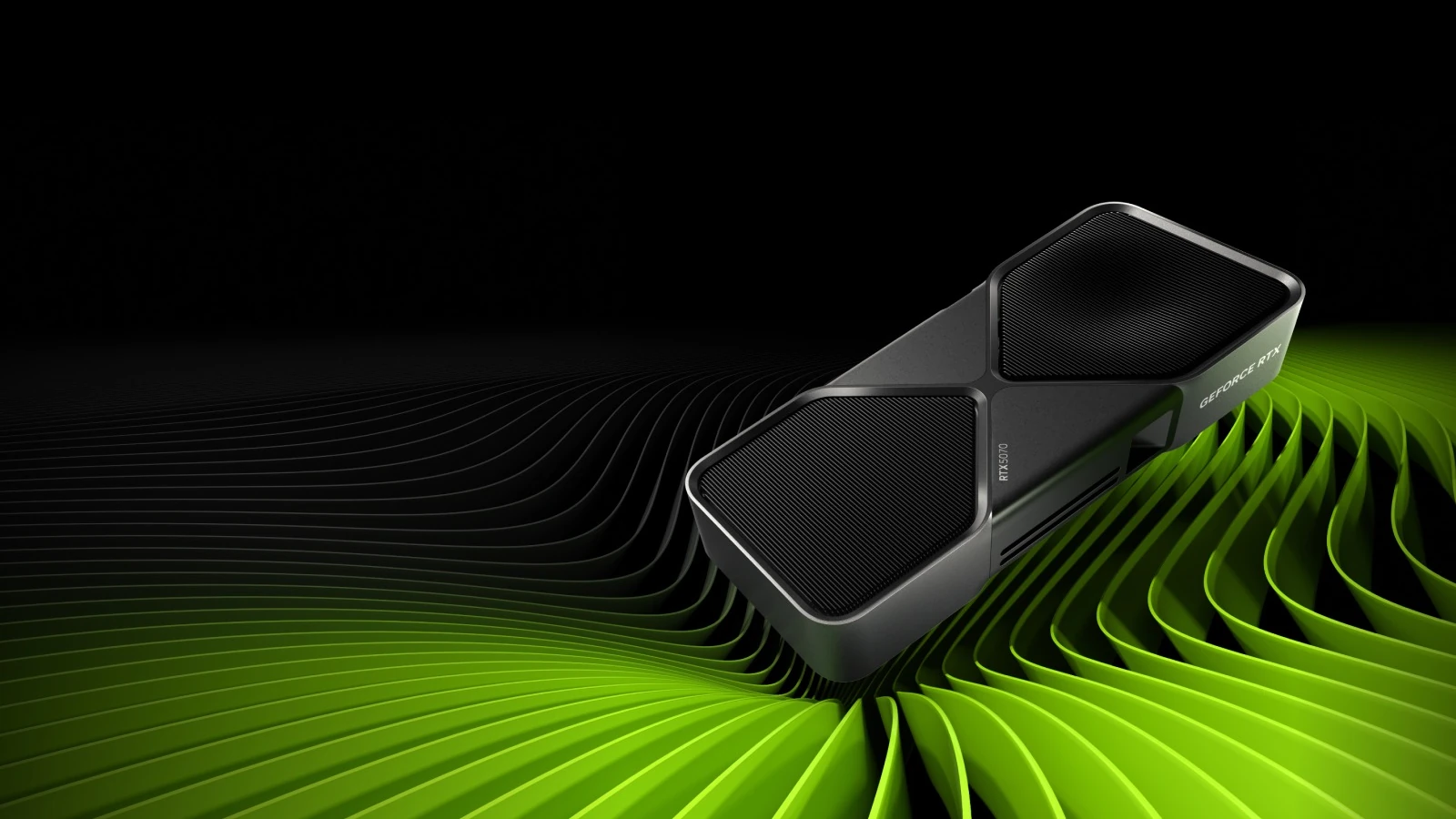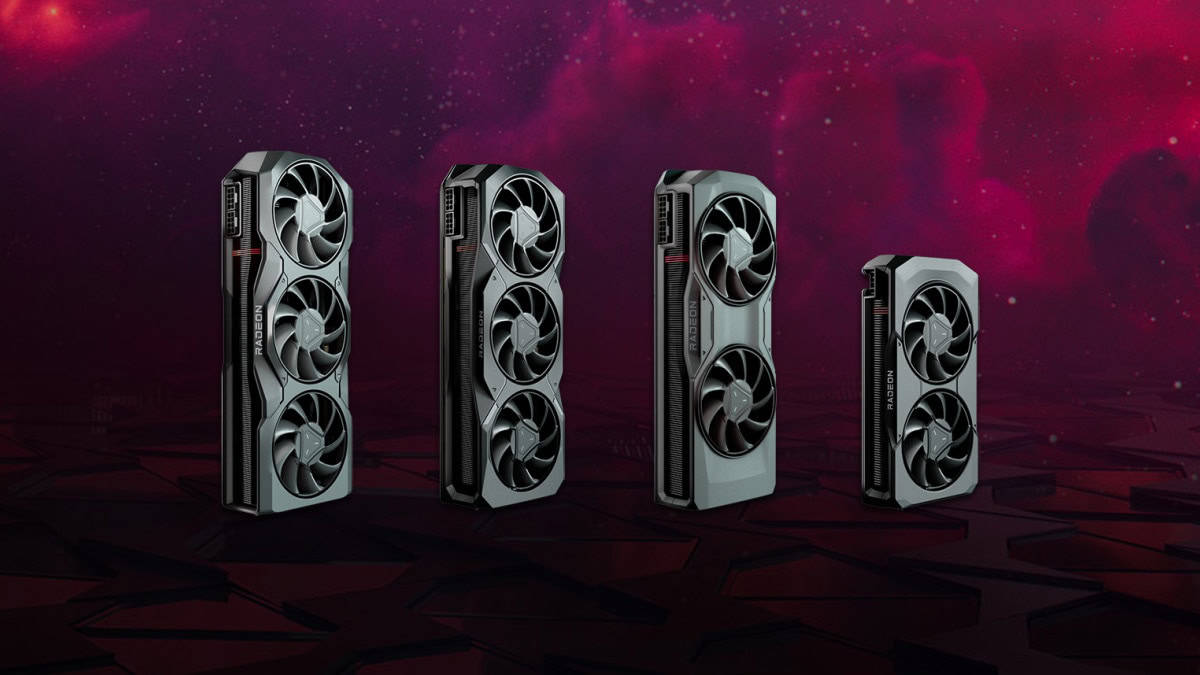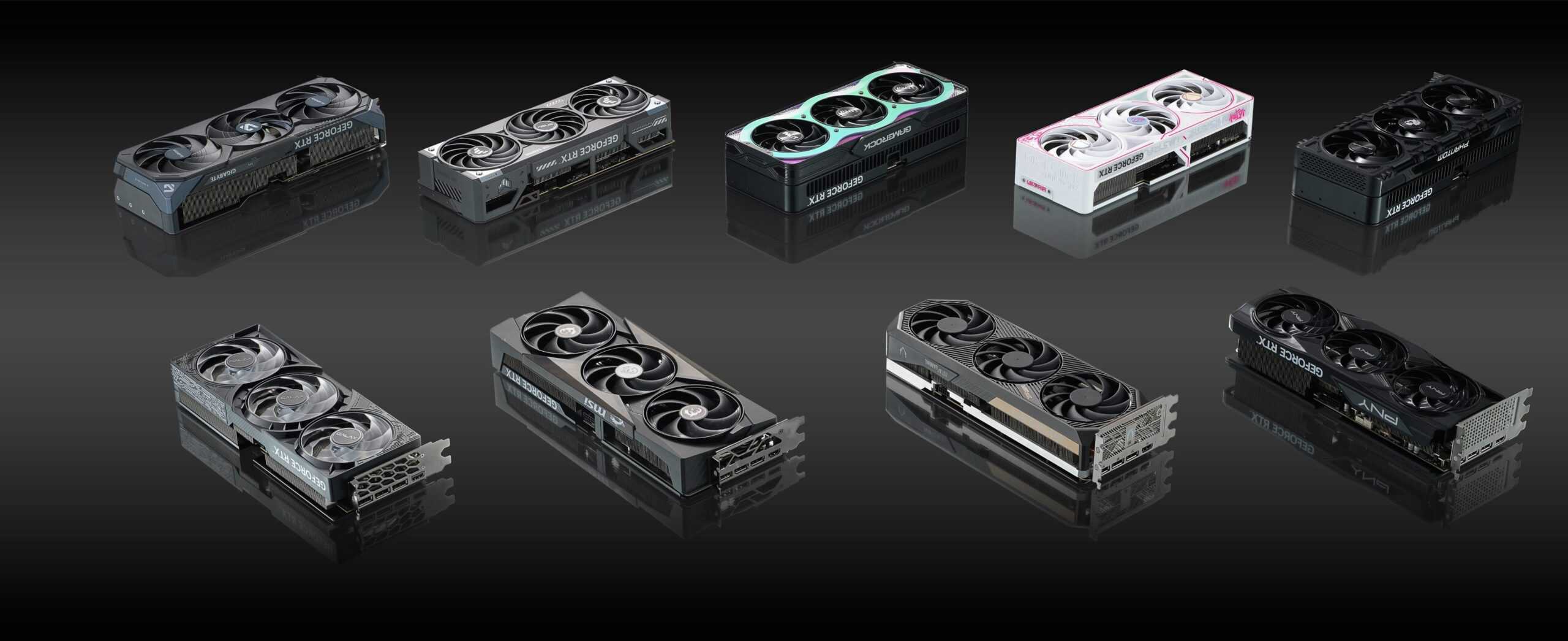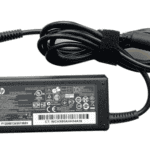The mid-range GPU battle of 2025 is shaping up to be one of the most competitive in years. NVIDIA and AMD are both bringing powerful new contenders to the table with the RTX 5070 series and the RX 9070 series, respectively. Gamers, creators, and PC enthusiasts alike are eager to see how these cards will stack up against each other. Let’s break down the specs, performance, and pricing to help you decide which GPU might be the best fit for your next build.
Overview of the Competitors

NVIDIA RTX 5070 Series
- RTX 5070 Ti: $749 – February 20, 2025
- RTX 5070: $549 – March 5, 2025
- Architecture: Blackwell (GB202/GB203)
- VRAM: 16GB (5070 Ti) / 12GB (5070) GDDR7
- Process: TSMC 4N
- Ray Tracing Cores: 3rd Gen
- AI Performance: DLSS 4 with Frame Generation 2.0
AMD RX 9070 Series

- RX 9070 XT: $749 – March 6, 2025
- RX 9070: $649 – March 6, 2025
- Architecture: RDNA 4 (Navi 48)
- VRAM: 16GB GDDR6
- Process: TSMC 4nm
- Ray Tracing Cores: 3rd Gen RT Accelerators
- AI Performance: FSR 4 with AI Frame Generation
Performance Showdown: Rasterization vs Ray Tracing
When it comes to pure rasterization performance, AMD’s RX 9070 XT appears to have the upper hand based on leaked benchmarks. Preliminary tests indicate that the 9070 XT outperforms the RTX 5070 Ti by up to 15% in rasterized workloads like high-FPS 1440p gaming. Titles like “Cyberpunk 2077” and “Hogwarts Legacy” reportedly show higher average frame rates on the AMD card.
However, the story changes with ray tracing. NVIDIA’s Blackwell architecture has introduced advanced RT cores with significantly improved ray-tracing performance. Benchmarks suggest the RTX 5070 Ti can deliver 25-30% better ray-tracing performance compared to the RX 9070 XT. Games like “Alan Wake 2” and “Portal RTX” favor the NVIDIA cards due to DLSS 4’s superior ray reconstruction capabilities.
AI and Upscaling: DLSS 4 vs FSR 4
AI-enhanced performance and upscaling are critical features in modern gaming. NVIDIA’s DLSS 4 leverages its Tensor cores and new AI acceleration pipelines, resulting in smoother frame rates and improved image clarity in compatible games. DLSS 4’s Frame Generation 2.0 can produce impressive results, making demanding titles playable even on mid-range hardware.
AMD counters with FSR 4, which debuts alongside the RX 9070 series. FSR 4 introduces AI-powered frame generation, a first for AMD. While FSR has historically lagged behind DLSS in image quality, early demos suggest that FSR 4 significantly narrows the gap. Unlike DLSS, FSR remains open-source, potentially increasing its adoption across more titles.
Power Efficiency and Cooling
Power efficiency has become increasingly important, especially for builders concerned about thermals and electricity costs. NVIDIA’s RTX 5070 Ti has a TDP of 285W, while the RTX 5070 consumes 225W. AMD’s RX 9070 XT and RX 9070 have TDPs of 250W and 230W, respectively, giving AMD a slight efficiency advantage.
Cooling technologies are equally critical. NVIDIA’s Founders Edition cards use a redesigned vapor chamber cooling solution, while AMD partners like Sapphire and PowerColor are introducing innovative heatsink designs to maximize airflow and reduce noise.
Pricing and Value for Money
Both series are closely matched in price:
- RX 9070: $649
- RX 9070 XT: $749
- RTX 5070: $549
- RTX 5070 Ti: $749
The RTX 5070 Ti and RX 9070 XT are direct competitors, with AMD potentially offering better value for gamers who prioritize raster performance. Meanwhile, the RTX 5070, at $549, could become the go-to choice for gamers seeking ray-tracing capabilities without breaking the bank.
Productivity and Creative Workloads
For creators, NVIDIA continues to dominate thanks to CUDA acceleration, better AI capabilities, and superior compatibility with applications like Blender, Adobe Premiere Pro, and DaVinci Resolve. The RTX 5070 Ti demonstrates up to 40% better performance than the RX 9070 XT in rendering tasks due to its enhanced AI cores and memory bandwidth.
However, AMD’s RX 9070 XT still provides excellent performance for workloads that lean heavily on rasterization or OpenCL.
Verdict: Which GPU Should You Choose?
- Gamers Focused on Raw FPS: AMD RX 9070 XT for rasterization-heavy games like “CS2” and “Fortnite.”
- Gamers Focused on Ray Tracing: NVIDIA RTX 5070 Ti, especially for visually stunning games like “Cyberpunk 2077” and “Alan Wake 2.”
- AI and Upscaling Enthusiasts: NVIDIA RTX 5070 Ti with DLSS 4 remains the gold standard.
- Content Creators: NVIDIA RTX 5070 Ti is the best choice for professional workloads.
The battle between AMD and NVIDIA is tighter than ever, making this GPU generation one of the most exciting in recent memory. Your choice should ultimately depend on your gaming habits, workload requirements, and long-term performance expectations.
Key Takeaways
- AMD undercuts NVIDIA with competitive pricing for its new RX 9070 series graphics cards
- Both companies target March 2025 for their mid-range GPU releases
- The timing of these launches creates a direct showdown between the RX 9070 XT and RTX 5070
Technical Specifications and Architecture
The upcoming mid-range GPU battle centers on significant architectural improvements from both manufacturers, with AMD’s RDNA 4 bringing enhanced AI capabilities while NVIDIA pushes ray tracing performance to new heights.
RDNA 4 Architecture and UDNA
AMD’s RX 9070 XT features the RDNA 4 architecture, built on an advanced 4nm process. The GPU integrates 2nd-gen AI accelerators alongside optimized compute units.
The new UDNA AI architecture enables up to 2.5x faster AI processing compared to RDNA 3. This translates to improved frame generation and upscaling capabilities.
Performance projections show the RX 9070 XT outpacing the RTX 5070 Ti by approximately 15% in raw performance metrics.
NVIDIA’s Next-Gen GPU Capabilities
The RTX 50 series introduces enhanced ray tracing cores and upgraded tensor processors. These improvements deliver 30% better ray tracing performance over the previous generation.
Key RTX 50 Series Features:
- 3rd generation RT cores
- Enhanced DLSS compatibility
- Improved power efficiency
- Advanced shader execution units
The GeForce RTX 5070 targets the $549 price point, offering strong 1440p and entry-level 4K gaming performance. The GPU utilizes NVIDIA’s latest memory compression techniques to maximize bandwidth efficiency.
Performance, Pricing, and Market Impact
AMD’s RX 9070 XT aims to disrupt the mid-range GPU market with strong performance metrics and competitive pricing against NVIDIA’s offerings.
Benchmarking and Gaming Performance
The RX 9070 XT delivers performance faster than the RX 7900 GRE, positioning it as a strong contender in the mid-range segment. Early benchmarks indicate excellent 1440p gaming capabilities.
Ray tracing performance sees notable improvements over previous AMD generations, though exact figures remain unconfirmed. FSR 4 technology helps boost frame rates in supported titles.
The GPU targets high refresh rate gaming at 1440p resolution, with adequate power for some 4K gaming scenarios.
Pricing Strategy and Competitive Landscape
The RX 9070 is expected to launch at $749, creating no price advantage compared to NVIDIA’s RTX 5070 Ti at $749.
AMD positions the standard RX 9070 at $649, competing directly with the $549 RTX 5070 but for $100 more.
The Q1 2025 release timing gives AMD an opportunity to capture market share through aggressive pricing. This strategy could force NVIDIA to reconsider their pricing structure for mid-range offerings.
The performance-to-price ratio may significantly impact the mid-to-high-end GPU market, especially if the promised performance metrics materialize.







